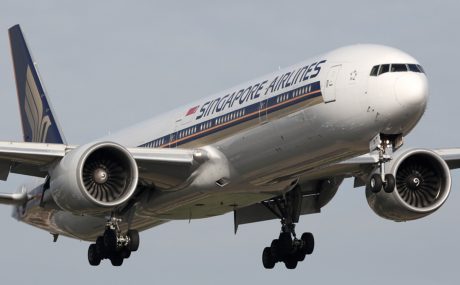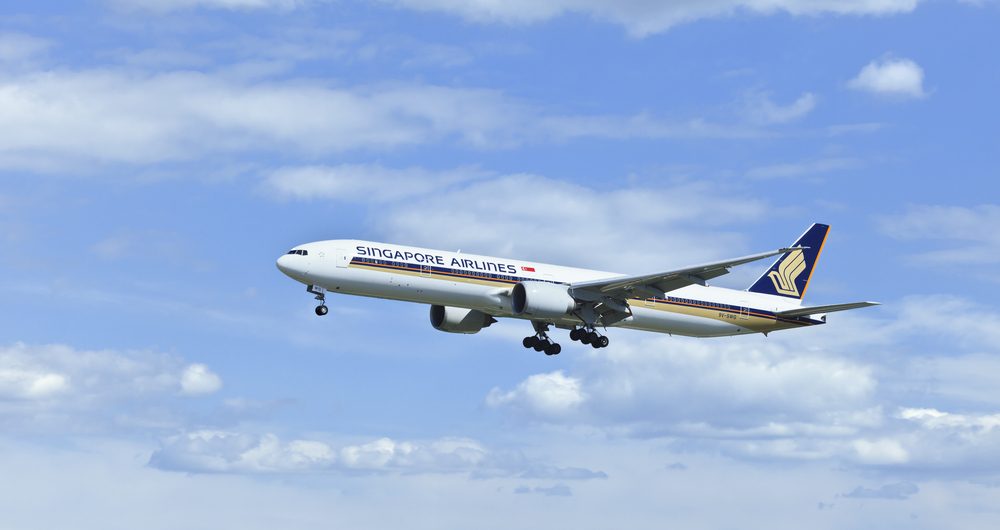As we approach the first anniversary of the extreme inflight turbulence aboard Singapore Airlines Flight SQ321 on 21 May 2024, our Aviation team remains committed to representing passengers from different jurisdictions in their pursuit of compensation.
In this article, partner Sarah Stewart, legal director Rebecca Smith and paralegal Ikem Nwankwo explain the circumstances of this incident, its lasting impact on our clients and the continued support offered by our specialist Aviation team.
The incident
On 21 May 2024, Singapore Airlines Flight SQ321, a Boeing 777-312ER, was operating a scheduled passenger flight from London Heathrow Airport to Singapore Changi Airport with 211 passengers and 18 crew members onboard. Just after 07:45 hours (UTC), as passengers were waking up, using the bathroom and breakfast was being served, the aircraft encountered severe turbulence at around 37,000 feet over the Irrawaddy Basin in Myanmar. This forced an emergency landing in Bangkok, Thailand.
The extreme turbulence on this flight caused violent gravitational forces in the cabin, which caused the aircraft to vibrate, leading to a tragic sequence of events. The ‘fasten your seatbelt’ sign had only been on for a few seconds before the turbulence hit. Seated passengers felt pinned down, while unrestrained individuals were thrown against the cabin ceiling, resulting in severe injuries and one fatality.
The incident is still being investigated by the Ministry of Transport in Singapore with assistance being provided by the National Transportation Safety Board (NTSB), Federal Aviation Administration (FAA) and Boeing. Apart from issuing a statement of preliminary findings on 29 May 2024, there have been no further updates on the investigation. These investigations can take many years to conclude.
Several treaties throughout the world govern passenger air travel, providing remedies to bereaved families and survivors of air accidents and incidents. The convention that applies depends on each passenger’s travel and ticketing arrangements.
Some passenger claims will be governed by the Montreal Convention 1999, which provides for compensation for physical injuries and related trauma if an incident falls within the definition of an “accident” (defined as an “unusual and unexpected event external to the passenger”). This turbulence event meets that definition, validating such claims under aviation law. However, airlines can limit their liability to 128,821 Special Drawings Rights (SDRs) (approximately GB£135,000/US$170,000) if they can prove they did absolutely nothing wrong.
With many passengers sustaining life-changing spinal cord and brain injuries, claims are expected to easily exceed the Montreal Convention first-tier limit by millions of pounds, and this is where the real combat between the parties will lie. If the argument that compensation should be limited can be made, it is expected the aviation insurer will want to make it.
There are a number of jurisdictions in which a claim can be brought, depending on the passenger and their individual ticket. It is necessary to look at a passenger’s home jurisdiction at the time of the accident and there are a number of other conditions to meet in respect of this. Every jurisdiction values compensation differently, so it is an important factor in each case.
The impact on our clients
One year on, many passengers, including our clients, continue to endure the long-term effects of their injuries. As alluded to above, for many, these include:
- Catastrophic spinal fractures
- Head injuries
- Psychological trauma
Many are still undergoing medical treatment and therapy and facing significant financial losses and challenges in returning to work or resuming their normal lives. Their families have also been deeply affected, providing ongoing care and assistance while navigating the emotional and financial toll of it all.
Stewarts is representing a diverse group of clients across multiple jurisdictions. Even a year on, new clients continue to come forward, highlighting that there are likely to be more passengers who have yet to acquire legal representation.
Claims such as these have a two-year limitation period. This means they must either be settled or commenced in a court of law within two years of the incident. This time limit cannot be extended and the right to compensation is extinguished if claims are not brought by the second anniversary of the accident.
Our ongoing support
Our commitment to supporting affected passengers remains unwavering. We actively:
- listen to their experiences and provide practical guidance as well as legal advice
- appoint experts and ensure appropriate medical assessments to document and evidence injuries and their impact
- assess and analyse financial losses
- engage with the legal team appointed by Singapore Airlines and its insurers and advocate for full and fair compensation.
For many of our clients, their experience and injuries have been life-changing. Securing the right amount of compensation is crucial for their recovery and future well-being.
Message from our team
Sarah Stewart comments: “We remain committed to supporting passengers who endured this traumatic experience on board Singapore Airlines Flight SQ321. Every affected passenger deserves the best aviation legal representation and the right advice about compensation for their injuries. Our thoughts remain with all those impacted.”
Passengers on board Singapore Airlines Flight SQ321 who are yet to acquire legal representation should contact us via the link listed below.
If you have been injured while a passenger on a plane, please contact our team aviation@stewartslaw.com.
Subscribe – In order to receive our news straight to your inbox, subscribe here. Our newsletters are sent no more than once a month.






